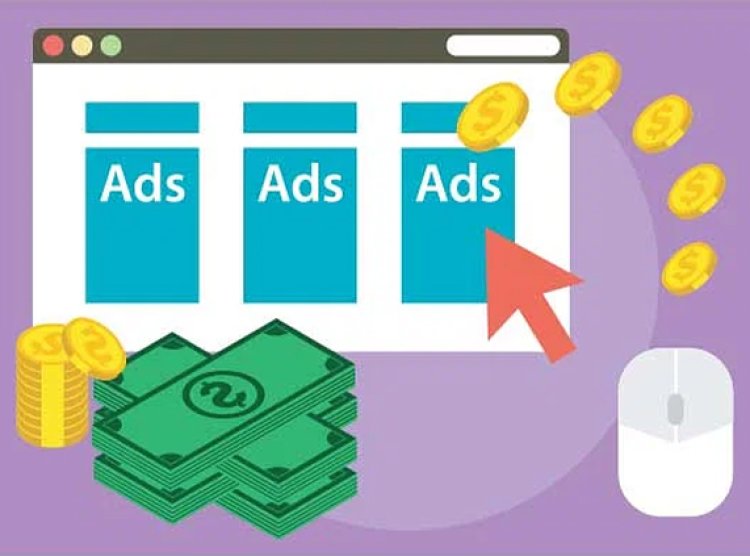Understanding Google AdSense: Navigating Recent Changes for Publishers
Experts Assess Noteworthy Updates: Appears Neutral for Publishers, Yet Strategic Implementation Holds Profit Potential. Navigate Changes for Optimal Results in Your Publishing Strategy

In a ground breaking November announcement, Google ushered in a new era for its AdSense platform, introducing significant modifications to revenue sharing and a paradigm shift toward per-impression payments. These transformative adjustments are poised to elevate transparency for publishers and advertisers alike.
The restructured revenue-sharing model introduces a nuanced approach, bifurcating AdSense revenue share into distinct rates for the buy-side and sell-side. Publishers, who have historically retained 68% of revenue, will now receive 80% for displaying ads with AdSense for content after the advertiser platform deducts its fee. Google anticipates these changes to roll out early next year, assuring publishers that no immediate action is required.
Yet, amidst the anticipation of these changes, concerns linger about the potential ramifications of the pay-per-impression structure. Some industry observers express skepticism, speculating that this model might inadvertently incentivize publishers to inundate webpages with more ads. The worry is that this could disadvantage advertisers reliant on clicks to fuel customer engagement and purchases.
Nevertheless, Google maintains that this alteration will not markedly impact publisher revenue. Siddharth Dabhade, a Global Commercial Board Member, suggests a wait-and-see approach, emphasizing that the full effects of these changes may only become apparent once implemented.
Transitioning to per-impression payments marks a strategic move for AdSense, aligning the platform with the industry standard. Google asserts that this change will create a more uniform method of compensating publishers for their ad space across its products and third-party platforms.
However, industry experts caution that the shift to a per-impression payment model could potentially encourage publishers to increase the volume of ads displayed on webpages. This raises concerns about potential compromises to content quality and reduced audience engagement.
The overarching challenge lies in striking a delicate balance—a balance that ensures the delivery of quality content while effectively communicating with audiences. Girish Ramachandra, CEO and Founder of Shopalyst, stresses that the demand for increased ads per impression underscores the need for all stakeholders to comprehend this emerging landscape. For advertisers, maintaining visibility amidst a surge of ads becomes a significant challenge, potentially disrupting the online experience.
As the advertising industry navigates this transformative phase, content creation and advertising strategies are poised to be influenced by the demand for increased ads per impression. Striking a balance is not just a strategic imperative; it is a prerequisite for fostering a sustainable advertising ecosystem that mutually benefits publishers and advertisers.

 Sumit Rawat
Sumit Rawat 










